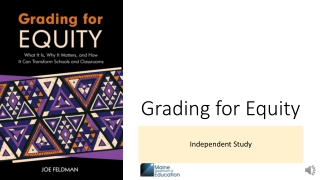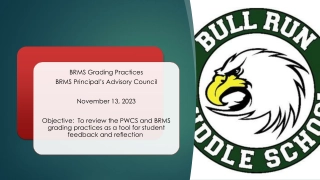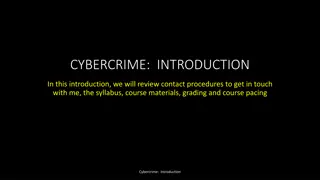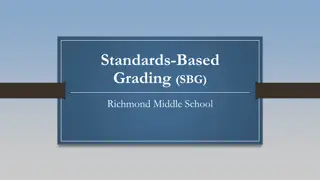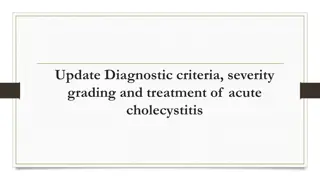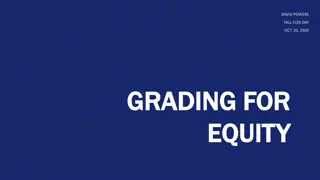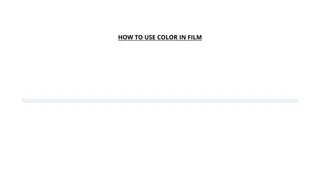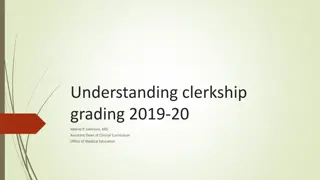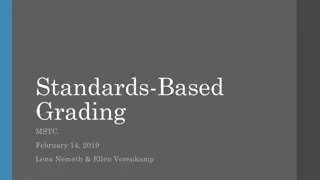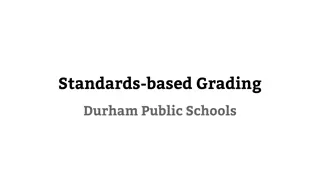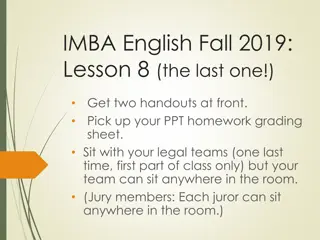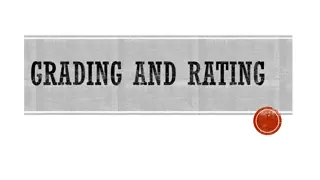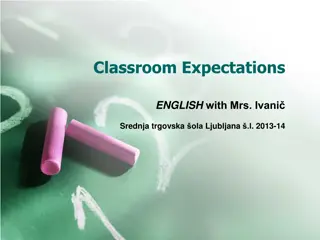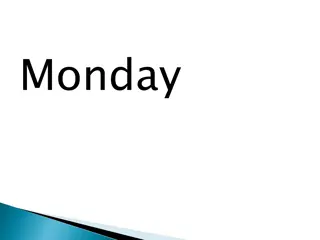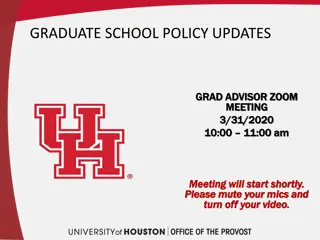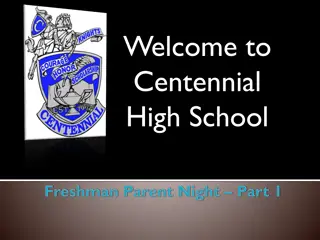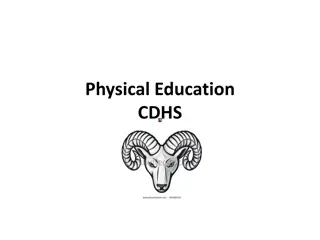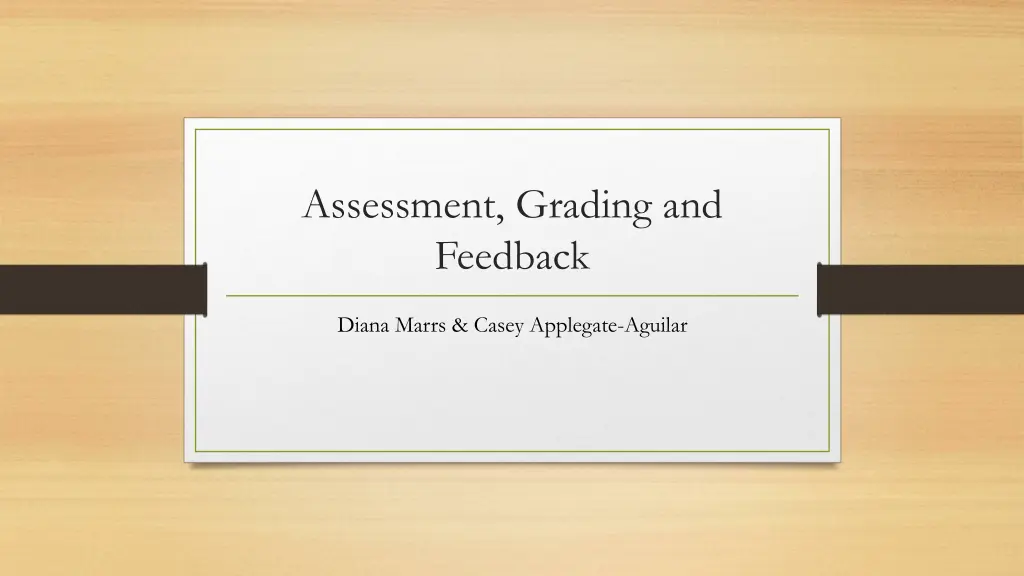
Effective Assessment Strategies for Student Learning
Explore various assessment strategies such as authentic assessment, concept mapping, and portfolio assessment to enhance student learning outcomes. Learn how to address concerns about traditional assessments, factors to consider, basic steps in assessment, and alternative assessment methods.
Download Presentation

Please find below an Image/Link to download the presentation.
The content on the website is provided AS IS for your information and personal use only. It may not be sold, licensed, or shared on other websites without obtaining consent from the author. If you encounter any issues during the download, it is possible that the publisher has removed the file from their server.
You are allowed to download the files provided on this website for personal or commercial use, subject to the condition that they are used lawfully. All files are the property of their respective owners.
The content on the website is provided AS IS for your information and personal use only. It may not be sold, licensed, or shared on other websites without obtaining consent from the author.
E N D
Presentation Transcript
Assessment, Grading and Feedback Diana Marrs & Casey Applegate-Aguilar
Discussion Concerns about assessment
Authentic Assessment Problem testing an isolated skill or a retained fact does not measure learning Solution Require students to develop a response instead of choosing from MC Create assessments using Blooms higher order (analyze, critique, compare..) Have students create new work (portfolios) Have students evaluate their own work Base assessment on performance, not memory
Factors to consider Time to develop more complex tasks Time for students to complete Time to grade Minimizing grading bias (using a rubric will help)
Basic steps Pick an outcome (particularly mastery of content knowledge) Choose an assessment technique Apply the technique Analyze the data and share the results with students Respond to the data by modifying teaching strategy / course content as needed
Alternative assessments Portfolios Concept mapping Presentations
Portfolio assessment Demonstrates students ability to create, analyze Can easily serve as outcomes evidence of proficiency Can serve as resume material to employers Qualitative measures involved Can be lengthy to grade
Concept mapping Assess prior knowledge students create a visual representation of what they know about a concept Show how experts organize knowledge build a map that tells students how you think this could also help in your own course design work Summarize reading represent ideas in an article, the main points of a chapter, or the theme of a novel Plan a task student groups visualize a project or lab assignment in order to get a handle on what is involved Conduct an assessment at the end of a unit or course, students create a map to show what they have learned
Tips for doing concept maps Construct maps with reference to a focus question that clearly specifies the problem or issue Start with a partially constructed map Provide a short list of key terms or have students start by creating such a list Create several maps over time, allowing students to see how their understanding changes Students can work in groups or start with individual maps and then form into groups Develop maps on a large whiteboard to allow for easy revisions Use software that allows multiple users to work on a map at the same time
Apply 1. Select an outcome 2. Select a method to assess 3. Consider grading criteria 4. discuss
Grading essentials Clear, unambiguous standards / possible use of rubrics Point values consistent with importance Clear instructions Validity (discard a question that nearly all the students miss) or even an assignment where nearly everyone performs poorly Don t do cryptic comments like What?
More Grading best practices Limit your comments or notations to those your students can use for further learning or improvement. Spend more time on guiding students in the process of doing work than on grading it. Establish a grading schedule return in 1 week for best effect Use D2L to record grades saves you time and keeps students up to date Mechanics one page strategy, rubric to assess errors per page scoring
Grading scales Use different grading scales for different assignments. Grading scales include: letter grades with pluses and minuses (for papers, essays, essay exams, etc.) 100-point numerical scale (for exams, certain types of projects, etc.) check +, check, check- (for quizzes, homework, response papers, quick reports or presentations pass-fail or credit-no-credit (for preparatory work) OR give everything points, based on relative value (Quiz 10, Exam 100)
Outcomes based grading scale Set standard to meet your outcome (typically C). Students get Zero if they don t meet the minimum standard. Students can do extra components to achieve higher than C Give examples of superior work and time estimate to complete Give students 3 tokens in a course that allow them to revise three sub- standard submissions
Student control over grades Contract grading earn a certain number of points by completing from a list of assignments, activities, and required exams Each activity linked to a rubric Film essay example: use of standard English, accuracy and appropriate observations of course themes in film, depth of discussion, thoughtfulness and creativity. Additional points for extra development of essay (graphics, concept map, etc) Posted in D2L where students can track progress Allow disputes
Grade disputes Ask student to meet with you in a day, and bring evidence from course material to support their argument Be willing to make a change Be aware your TA may not be grading the same as you Be willing to have a colleague regrade for you *It s difficult to not be punitive or defensive. Allowing students to challenge wrong answers means they are reviewing their work!
Reducing the load Break down larger papers or projects into smaller gradable units (helps students stay on track too) Use rubrics Don t mark everything, focus on the major issues Use peer review (likely need guided framework)
Peer review (example from writing) Does the paper have a thesis? Is the thesis clear? In just one sentence, state what position you think the writer is taking. Place stars around the thesis Make an outline of the paper. What is the main point of each paragraph List the kinds of evidence used to support Highlight any passages that you had to read more than once to understand Do you agree or disagree with the writer? Why or why not? Is the paper clearly organized? Does the writer use evidence effectively Is the paper clearly written? How persuasive is the argument?
Formative feedback Give strengths and weakness Mark most important issues, rather than redline everything Use the feedback in some way revision, or student reflection Have students write a paragraph summarizing your feedback and explaining how they will use the info to improve the next assignment Allow students to use your feedback to redo work (and get partial credit back)
Setting up graded assignments First identify what s most important to you. Is it clarity? Creativity? Rigor? Thoroughness? Precision? Demonstration of knowledge? Critical inquiry? Create assessments/assignments that allow students to demonstrate these features Create a rubric that will help you score grading levels Provide rubric to students along with assessments/assignments
Test creation Compose test questions immediately after you cover it in class Have someone else look at it and after exam, analyze results by question to weed out bad questions Pros and cons Fill in the blank T/F Matching Multiple choice Multiple T/F Essay questions
Fourth Generation Evaluation, by Egon G. Guba and Yvonna S. Lincoln. Newberry Park, CA: Sage Publications. Classroom Assessment Techniques, by K. Patricia Cross and Thomas Angelo.

